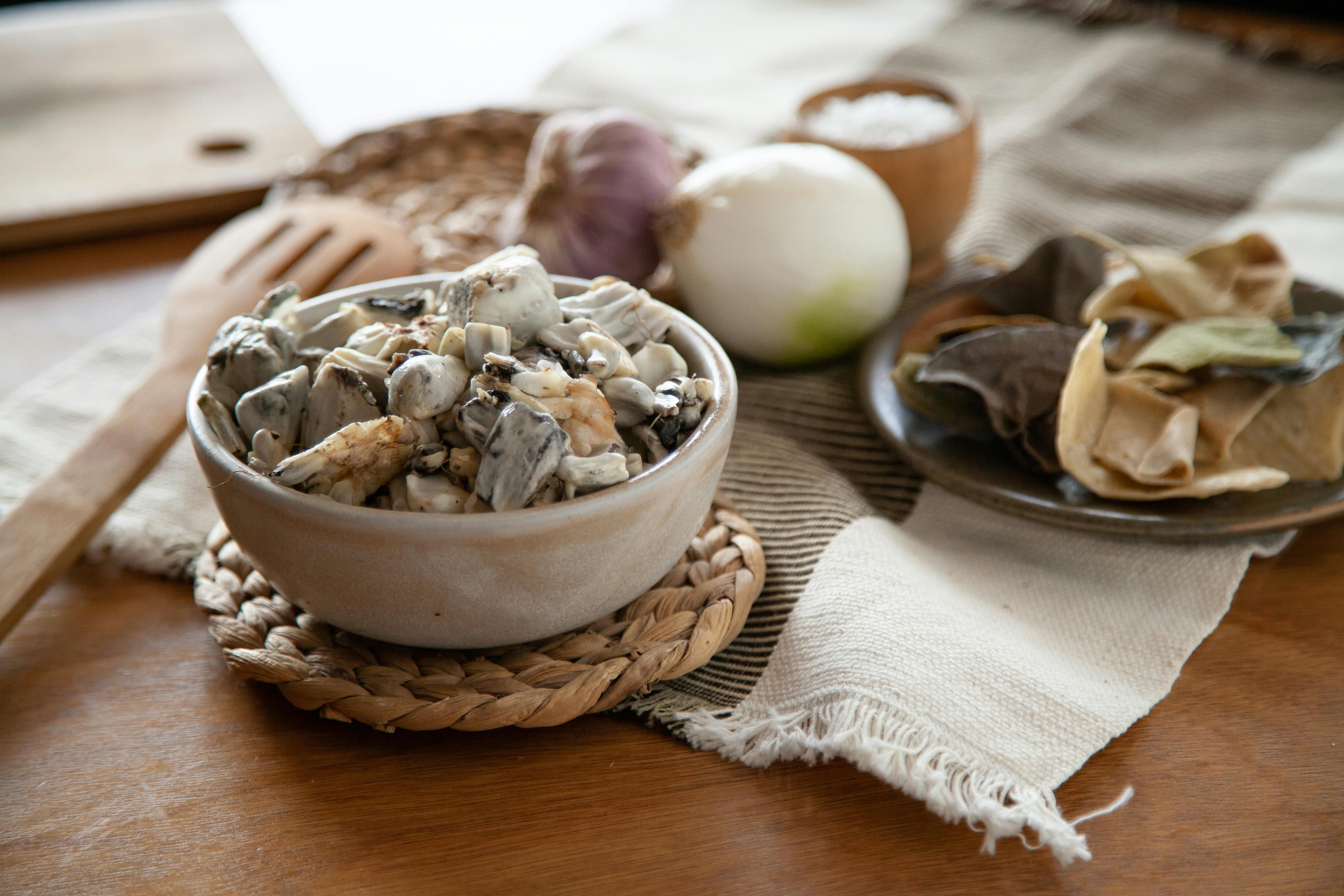Enhance Your Vitamin D Intake with These Nutrient-Rich Foods
Vitamin D is a hot topic in the wellness sphere for a good reason. It's crucial for maintaining healthy bones, managing inflammation, and much more. When the sun's out, your body can naturally produce vitamin D, but when the winter blues hit, don't worry! You can get your daily dose through diet and supplements.
This article will show you how to determine whether boosting your vitamin D intake is right for you. We'll discuss delicious vitamin D-rich foods and when it's time to add a supplement to your routine.
Vitamin D Rich Foods
Not many foods naturally have a lot of vitamin D. This may explain why so many folks experience vitamin D insufficiency or deficiency. But don't worry! There are a few foods that pack a mighty vitamin D punch.
1. Seafood
Seafood is the richest dietary source of vitamin D. If you're a fan of fish, check out these top vitamin D sources:
- Cooked rainbow trout: 645 IU per 3-ounce serving
- Cooked wild coho salmon: 383 IU per 3-ounce serving
- Cooked halibut: 196 IU per 3-ounce serving
- Cooked herring: 182 IU per 3-ounce serving
Remember, if you're pregnant, always consult your healthcare professional before indulging in seafood.
2. Eggs
Eggs can be an eggcellent source of vitamin D, but the amount depends on the type of eggs you eat. Hens raised on pasture with plenty of sun exposure lay eggs with higher vitamin D levels. Organic eggs may also have higher vitamin D levels than conventional eggs. And eggs from hens fed vitamin D-fortified feed contain much more vitamin D than those without supplementation. To give you an idea, a large Grade A egg provides 49.5 IU, while an Eggland's Best cage-free egg offers 120 IU.
3. Organ Meats
Most meat products don't contain much vitamin D, except for liver. If you're looking to keep seasonal depression at bay, pig out on pate!
- Beef liver: 49 IU per 100 grams
- Pork liver sausage (Braunschweiger): 48 IU per 100 grams
4. Fortified Foods
Some foods have vitamin D added during processing. These include:
- Fortified dairy milk: 111 IU per cup
- Fortified nondairy milks: 100 to 144 IU per cup
- Fortified cereals: 80 IU per serving
5. Mushrooms
Some mushrooms contain vitamin D, but commercially grown mushrooms have very small amounts because they're usually grown in the dark. Mushrooms must be exposed to sunlight or UV light to contain significant amounts of vitamin D. Wild mushrooms can be a tasty vegan alternative to fishier vitamin D-rich foods.
How Much Vitamin D Do You Need Every Day?
Your daily vitamin D needs depend on factors like age, pregnancy status, and breastfeeding. Adults aged 18 to 70 should aim for 600 IU, while adults over 70 should target 800 IU. However, many scientists believe the daily requirements are too low. So, eating the right vitamin D-rich foods is crucial to maintain optimal vitamin D status, which generally lies between 40 and 60 ng/mL.
Signs of Vitamin D Deficiency
Worldwide, one billion people are deficient in vitamin D, which means they have levels less than 20 ng/mL. Vitamin D insufficiency, which occurs when levels fall between 21 and 29 ng/mL, affects about half the world's population. Although most people don't realize they're low in vitamin D, a severe deficiency can lead to bone pain, joint stiffness, muscle pain, fatigue, muscle twitching, weakness, and even developmental delays in children.
Bottom Line
Vitamin D is a powerhouse nutrient that plays a crucial role in your body. However, most people don't get enough vitamin D, especially during the winter months. If you're curious about your vitamin D levels, consult a healthcare professional about getting a blood test. If you're found to be low in vitamin D, you may need to add a supplement to boost your levels. Don't skimp on the D!
- To maintain optimal vitamin D status, it is crucial to consume vitamin D-rich foods, such as seafood, eggs, organ meats, and fortified foods, where adults aged 18 to 70 should aim for 600 IU and adults over 70 should target 800 IU daily.
- Signs of vitamin D deficiency, including bone pain, joint stiffness, muscle pain, fatigue, muscle twitching, weakness, and even developmental delays in children, may occur when levels fall below 20 ng/mL, affecting about half the world's population.
- In the summer months, when the sun's out, the body can naturally produce vitamin D, but in winter, or for those with limited sun exposure, depending on symptoms and requirements, a supplement may be necessary to boost vitamin D levels and ensure overall health.







